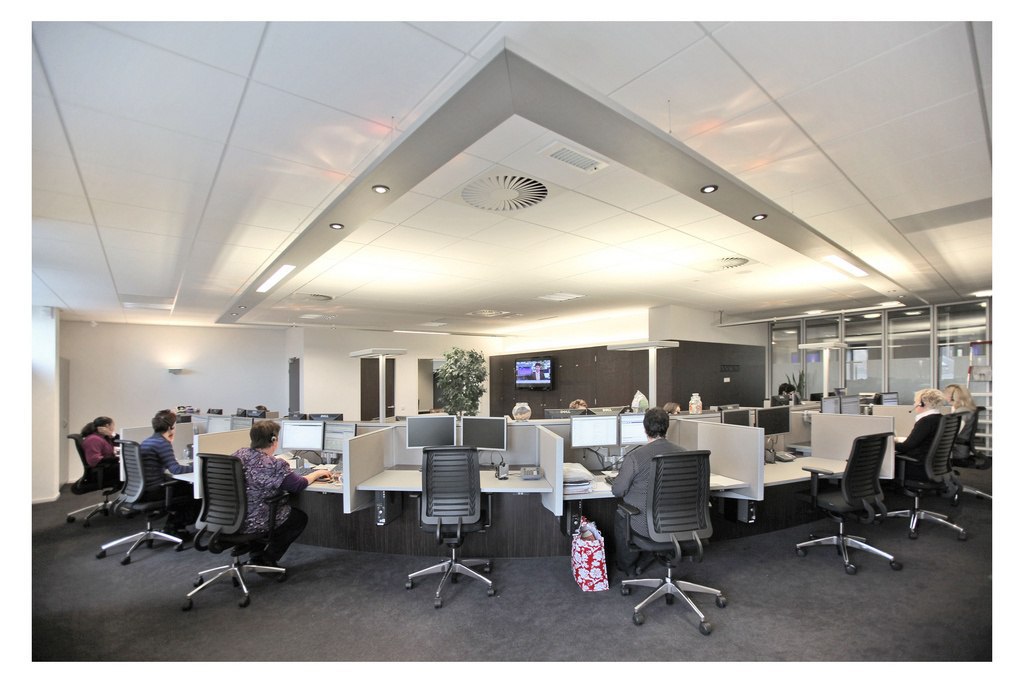Why is Contact Center a Bad Word?
For years I’ve worked in the telephony industry, both on the customer and reseller side. While on the customer side, it was always a struggle to get my leaders to even accept the fact we had a contact center (call center in those days). They would respond, “No, no, no. We just need some people to answer customer calls. We don’t need a call center.”
While working in the consulting world I would (and still do) talk to clients about how they handle customer contacts and still get the same answer, “No, no, no. We just need some people to answer customer calls. We don’t need a contact center.”Many clients that say “We don’t need a contact center!” will then show me where they take customer contacts. They lead me to a room or series of offices where employees have phones and take sales or service calls. This is a contact center. Not a very efficient one of course, but it’s still a contact center.
I think when you say “Contact Center” to someone, they instantly imagine rows and rows of cubicles with a massive collection of phones, computers and wallboards and people all talking at once with angry looking supervisors walking through the rows; like a scene right out of the movie Wall Street!
OK while that may be true in some cases, if you look strictly from a functionality standpoint, every company taking requests from customers, suppliers or partners has a contact center whether they call it that or not. Does this describe areas of your company or organization?
Now that we’ve established that you have a contact center, the next question is how is that contact center representing your company? When a customer calls in, all the phones ring at once and the most energetic employee answers the call, right? OK, not a bad system, but also not very efficient.
What happens to this system on one of those days when it seems everyone calls in at once? Maybe you released a new product and volume overwhelms the system? Perhaps there’s an issue with your product, service or an external disruption such as severe wheather or a competitor goes out of business. When this occurs, what happens to the calls no one could answer?
Typically they end up in a voice mailbox, until eventually, a team member retrieves and responds to each message. Since this team member is also answering calls, the response to the customer may take hours or even days depending on the backlog. This significantly lowers the chances of a positive customer interaction. Why is this so important?
According to a recent report from Walker, it’s estimated that by 2020 customers will value the interaction experience over the price of a product. Gartner also had similar findings, reporting that 89% of marketing heads predict customer experience will be the primary basis for competitive differentiation by 2017.
With all this data pointing to customer experience becoming the most influential factor in a customer decision-making process, do you think leaving a voicemail and waiting for a returned call is a good customer experience?
Remember, how your customer interacts with your sales or service/support teams is becoming a critical decision point. If the interaction is negative they are more likely to go to a higher priced competitor with a better experience. According to the customer interaction company 24/7 Inc, 47% of customers would take their business to a competitor within one day of experiencing poor customer service, and 79% would do the same within a week.
Now of course with any product or service there will always be issues. We are, after all, only human. But how we handle these issues can mean the difference in keeping a customer or handing them over to your competitor. JD Power reported in 2016 that Millennials are substantially more likely than Boomers to reuse a product or service after a problem is resolved. A good customer experience while handling that issue is vital. Compounding the issue with a poor experience is a death nail for the relationship.
So, the question isn’t whether or not you have a contact center. The real question is how is your contact center representing your company?
To determine how to improve your existing contact center or evaluate whether you need one, contact us at www.ineteng.com/contact.
About the Author:
Marty Jefferson has worked in IT for over 30 years, with extensive experience in project engineering, management, collaboration technologies, voice solutions and computer networking. He began his career in the military, and after being honorably discharged as an FTG2 Second Class Petty Officer, moved into the private sector where he now works as a Director of Collaboration and Voice Solutions for Internetwork Engineering.
About Marty Jefferson
Marty Jefferson has worked in IT for over 30 years, with extensive experience in project engineering, management, collaboration technologies, voice solutions and computer networking. He began his career in the military, and after being honorably discharged as an FTG2 Second Class Petty Officer, moved into the private sector where he now works as a Director of Collaboration and Voice Solutions for Internetwork Engineering.




